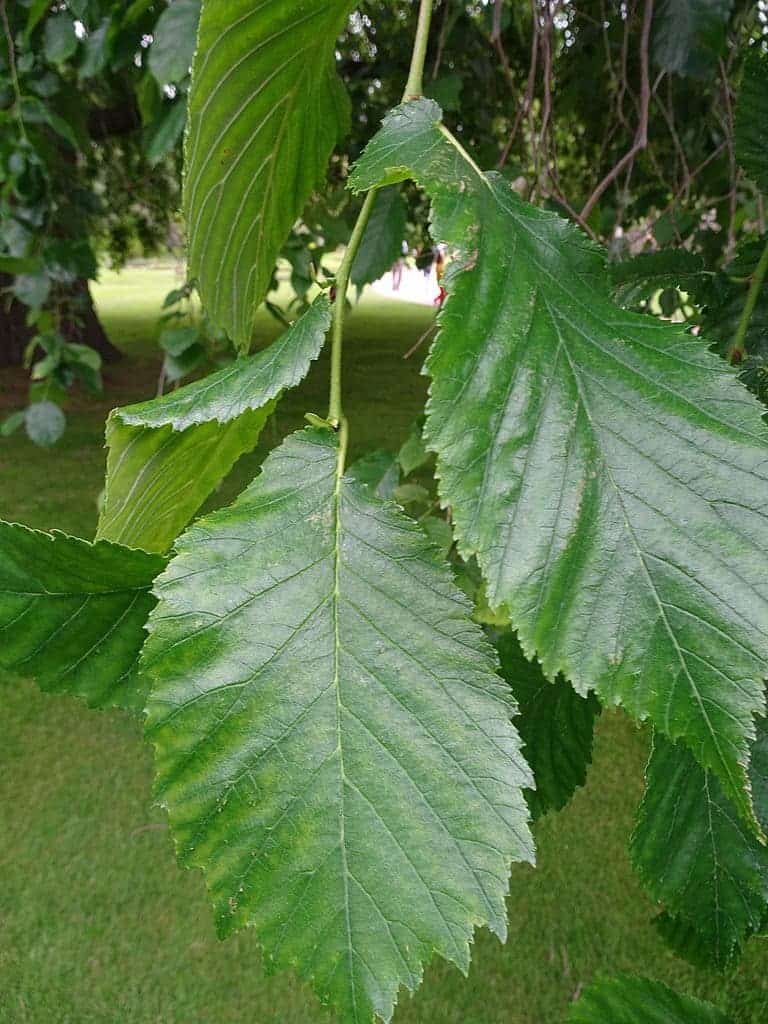Two elms of a species presumed to be extinct in Great Britain have been discovered in the Queen’s Edinburgh gardens in Scotland.
In the 1970s, Britain was being ravaged by the Dutch elm disease — an epidemic which claimed between 25 to 75 million trees. Yes, tree epidemics are a thing, and they’re really bad news for us and the species that rely on those trees for food and board. Ulmus Wentworthii Pendula, or the Wentworth elm, was tragically wiped out of the island nation by the affliction.
Or, so we thought. Two Wentworth elms were (unknowingly) found (several thousand times) hiding in plain sight in Edinburgh, adorning the Queen’s gardens. While it took a botanical survey of the grounds surrounding the Palace of Holyroodhouse, the royal residence in Scotland, to identify their species, the trees are by no means inconspicuous. Standing some 30 meters (100 feet) tall, the elms are one of the most photographed trees in the gardens — it’s just that no one ever noticed they’re “extinct” before.
“Such a discovery when the trees in question are just shy of 100 feet [30 metres] and in plain sight does sound rather odd,” said Max Coleman from the Royal Botanic Garden Edinburgh (RBGE).
He thinks they went unnoticed for so long because Wentworth elms were never very common to begin with.
“If you pull your tree book off the shelf to try and look them up, you won’t find Wentworth elm listed in the books,” he explained for the BBC.

Wentworth elms have a distinctive “weeping” habit and glossy, almost waxy, sparsely-haired upper leaf surface.
Image credits Max Coleman / Wikimedia.
Most likely, the elms were taken from the city’s botanical gardens sometime in the last century. The RBGE records show that the trees arrived there in 1902 from Germany, but after that, they only mention one tree in the gardens which fell to the disease in 1996.
“It is very tempting to speculate that the Wentworth elms at the Palace are the two missing trees from RBGE. There is anecdotal evidence that the young trees could have come in to RBGE then been grown-on before planting-out in their final positions,” said Coleman.
“Certainly, there was a close relationship between the Palace and the Garden in the early 20th century and the head gardener at Holyrood, William Smith, had trained here. And, although we have no record here of elms going out, we know that a large number of ivy plants went from here to Holyrood to plant round the abbey ruins.”
For now, though, the origins of these two surviving Wentworth elms remains mysterious. It’s a very fortunate find, however, and experts are now considering how best to restore the species starting from these two individuals. Part of that job is to figure out what helped them survive the disease that wiped out the rest of their species.
“It is very likely the only reason these rare elms have survived is because Edinburgh City Council has been surveying and removing diseased elms since the 1980s,” Coleman added. “Without that work many more of the thousands of elms in Edinburgh would have been lost. The success of this program may be partly demonstrated in the way two rare trees have been preserved.”
Now, the elms will have to start working hard at making baby elms. Hopefully, they’ll live up to the task with as much gusto as Diego the tortoise.










